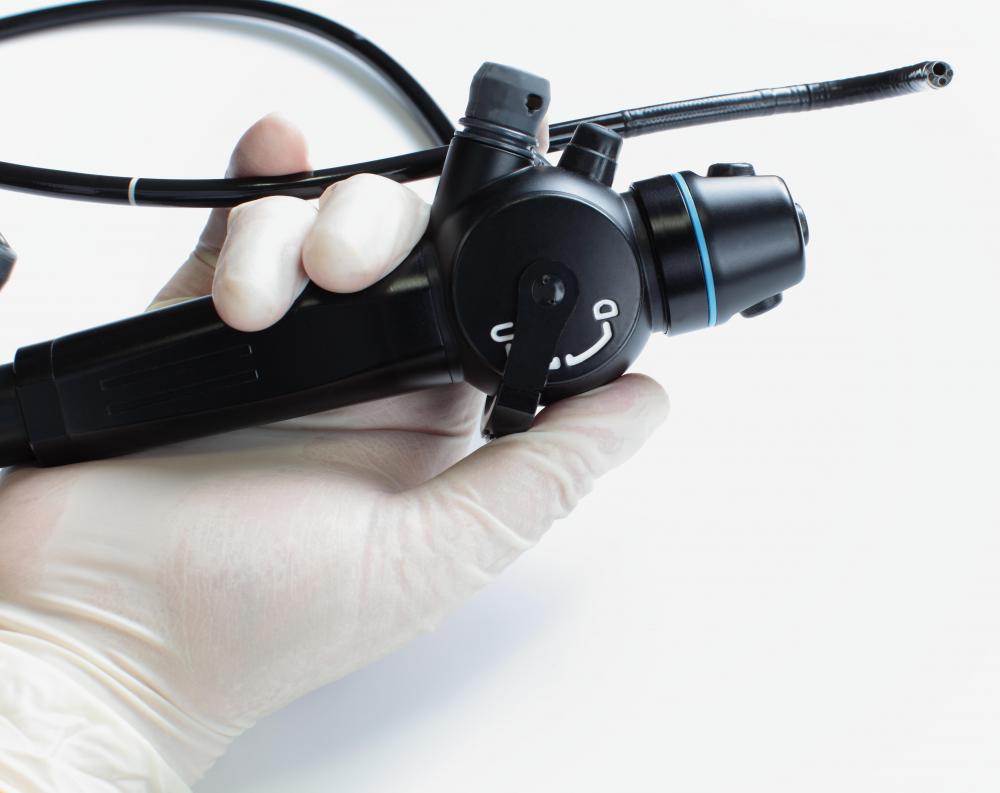At WiseGEEK, we're committed to delivering accurate, trustworthy information. Our expert-authored content is rigorously fact-checked and sourced from credible authorities. Discover how we uphold the highest standards in providing you with reliable knowledge.
What Is a Balloon Tamponade?
Balloon tamponade is a technique used to stop bleeding, typically hemorrhage coming from the esophagus or stomach. The esophagus is the length of gut that runs from the mouth to the stomach. Sometimes swollen veins, called varices, develop inside the stomach or esophagus and these can bleed, causing a life-threatening loss of blood. The balloon tamponade procedure involves inserting a tube through the esophagus into the stomach. One or two balloons located on the tube may be inflated, compressing bleeding veins in the stomach or esophagus.
During the balloon tamponade procedure, the end of the tube is fixed to an immovable object or weight to keep it in place and to maintain pressure on the bleeding varices. The balloon tamponade tube may be inserted through the nose or mouth, and patients usually require a breathing tube as the tamponade may interfere with respiration. Once in place, the balloons are only deflated when the hemorrhage has stopped, and the tube may be left in place for a few days.

More than one type of tube may be used to carry out a balloon tamponade. The Sengstaken-Blakemore tube has two balloons, one for the esophagus and one for the stomach. It also has a suction port to remove stomach fluids. The Minnesota four-lumen tube is similar but it also has a suction port which extracts fluid from the esophagus, to prevent it from being accidentally inhaled. A Linton tube only has a stomach balloon and is inserted through the nose.

The swollen veins known as varices most often develop in the esophagus, although they can also arise in the stomach. They are commonly caused by liver disease, where scar tissue in the liver prevents blood from flowing normally through liver veins. The pressure in liver veins rises and back pressure builds up in a network of veins known as the portal system. This condition is known as portal hypertension, and it can lead to veins in the stomach and esophagus becoming swollen and fragile.

If a person with varices strains them, by coughing or strenuous activity, the veins can burst. A severe hemorrhage leads to vomiting blood and, as the blood loss can be fatal, patients are usually taken to an intensive care unit. Balloon tamponades are used to treat varices when other, preferred techniques have failed or are not available. The preferred procedure for treating bleeding varices involves the use of a flexible tube with a camera, called an endoscope. This is inserted into the esophagus to find the source of the bleeding and attached instruments allow bleeding vessels to be sealed.
AS FEATURED ON:
AS FEATURED ON:














Discuss this Article
Post your comments